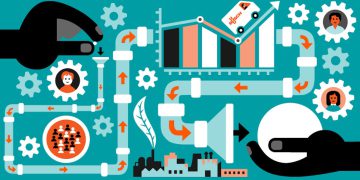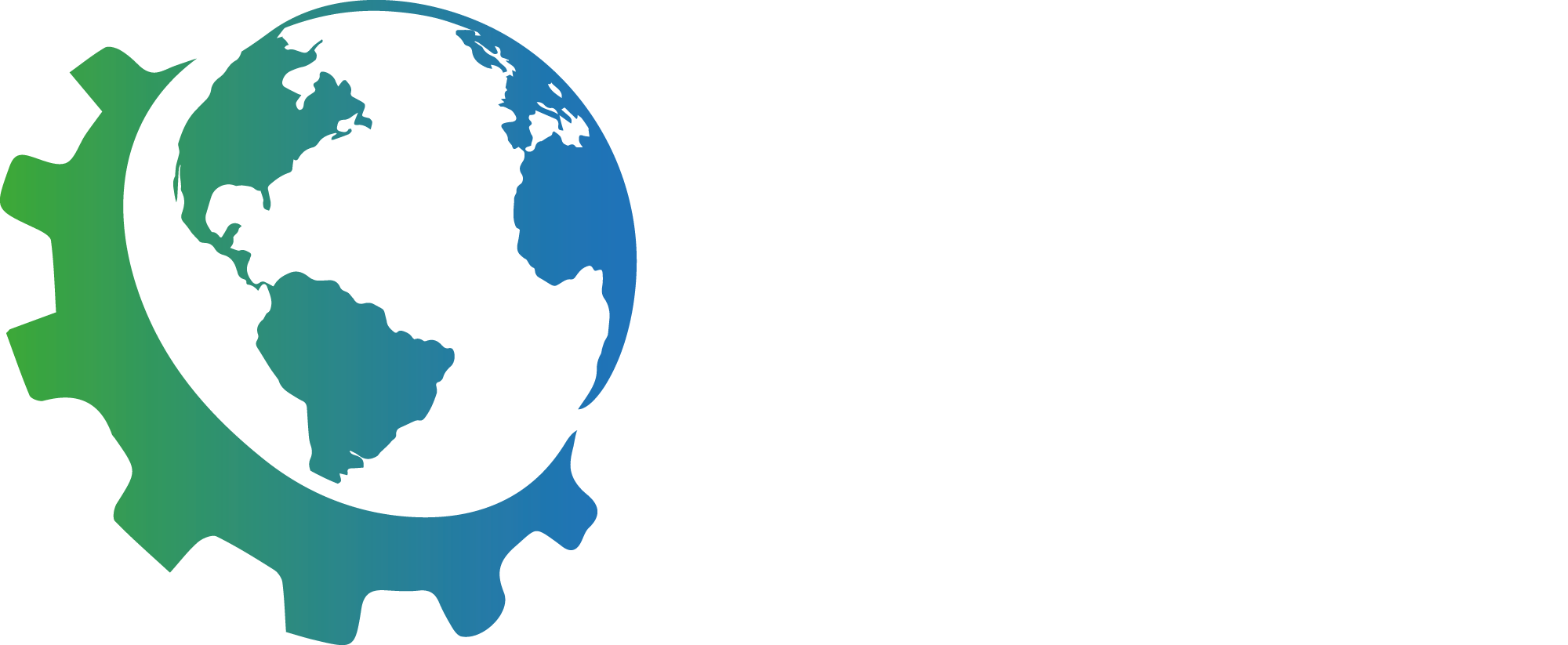Component cleaning is a quality-relevant production step in all industrial sectors today. In order to meet given particulate and filmic cleanliness specifications in a reproducible manner, a high level of effort is often required. At the same time, cleaning should be carried out at the lowest possible cost and in a sustainable manner. These contradictory requirements make cleaning processes and systems designed to meet specific needs indispensable.
From mechanical and plant engineering to electrical and power engineering to fasteners, the so-called general industry includes a wide range of sectors. Components are manufactured and processed in these industrial sectors using very different manufacturing technologies from a wide range of materials such as metals, plastics, ceramics and composites. These include, for example, cast and machined workpieces, stamped, bent, pressed and deep-drawn parts, hydraulic parts and, increasingly, additively manufactured components. As diverse as the workpieces are, they have one thing in common: In order to ensure the quality of subsequent processes such as mechanical machining, heat treatment, coating, bonding, and assembly, as well as permanently flawless function, they must be clean as required. In many areas, increasingly stringent requirements have to be met in terms of particulate and film cleanliness. In addition, there are often challenges such as high throughputs and weights, a Page 2 of 6 Ecoclean GmbH www.ecoclean-group.net widely varying range of components, short delivery times and, in some cases, low margins.
Adapting cleaning processes to the task at hand
This results in different requirements for component cleaning. As a full-range supplier of future-oriented, flexible and energy-efficient solutions for industrial component cleaning, Ecoclean covers the entire spectrum of wet-chemical processes. This enables cleaning processes and equipment for batch or individual part cleaning to be optimally adapted to the task in hand. The following factors must be taken into account: Material, size, geometry and weight of the component, type and amount of contamination, downstream process and resulting cleanliness specifications, as well as throughput requirements. Based on this information, it can be determined whether the adherent contaminants can be most effectively removed with a water-based cleaner, an environmentally friendly solvent or a modified alcohol that has lipophilic and hydrophilic properties. In addition, this information allows the most suitable process technology and drying technology to be defined.
Suitable process technology minimizes cleaning costs
To minimize the cost per cleaned component, it is necessary that the given cleanliness specification is not only achieved stably, but also quickly. For this purpose, the systems are equipped with various process technologies designed specifically for the application, for example for spray, high-pressure, immersion, ultrasonic and plasma cleaning, steam degreasing, injection flood washing, deburring, pulsed pressure cleaning (PPC) and, if required, passivation/preservation.
By combining these cleaning processes, both the cleaning result and the cleaning time can be specifically influenced to suit the component. For example, the PPC process in combination with aqueous or solvent immersion cleaning enables contaminants to be removed reliably and quickly from small cavities. For complex Page 3 of 6 Ecoclean GmbH www.ecoclean-group.net components and bulk materials, spray processes and injection flood washing with adjustable pressures between ten and 16 bar also ensure significantly improved results and shortened process times for solvent cleaning processes.

















